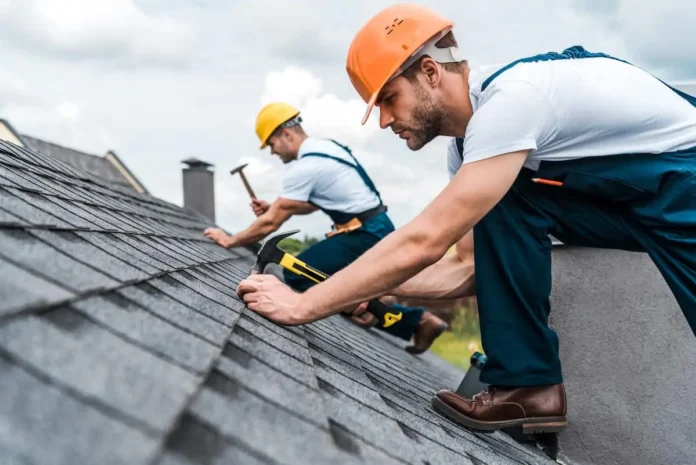Roofs are a critical component of any home, providing protection from the elements and contributing to the overall aesthetics and value of the property. However, like any part of a home, roofs have a lifespan and will eventually need to be replaced.
Knowing the signs that indicate it’s time for a replacement can save you from costly damages and ensure your home remains safe and secure. This blog post delves into 12 key signs that signal it’s time to replace it.
1. Age of the Roof
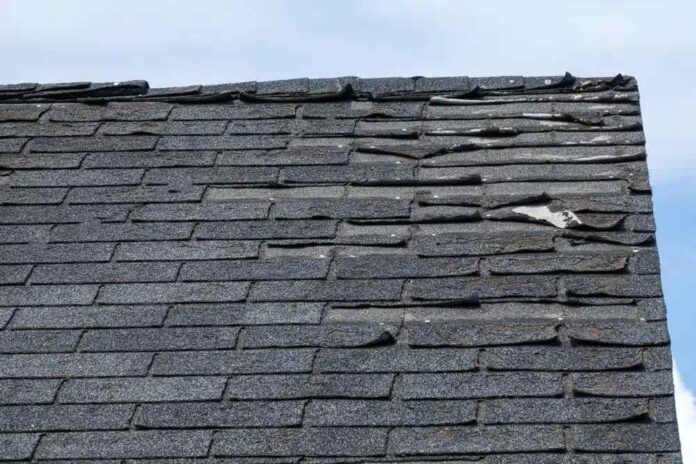
Your Roof is Over 20 Years Old
Most roofs have a lifespan of 20-25 years. If your roof is approaching or has surpassed this age, it’s wise to start considering a roof replacement. The materials used, weather conditions, and maintenance history can all affect how long your roof lasts.
Visible Wear and Tear
As they age, they show signs of wear and tear such as cracking, curling, or missing shingles. These signs often indicate that the materials are failing and cannot effectively protect your home anymore.
2. Roof Leaks
Signs of Water Damage
Signs of water damage in your home include peeling paint, warped floors, mold growth, and a musty odor. You may also notice water stains or discoloration on walls and ceilings, indicating leaks.
Over time, unaddressed water damage can lead to structural issues and health hazards, making early detection and repair crucial.
Checking the Attic
Checking your attic regularly is vital for the early detection of issues. Look for signs of water damage, like stains or mold, especially after rain. Sunlight peeking through boards indicates serious gaps.
3. Shingle Problems
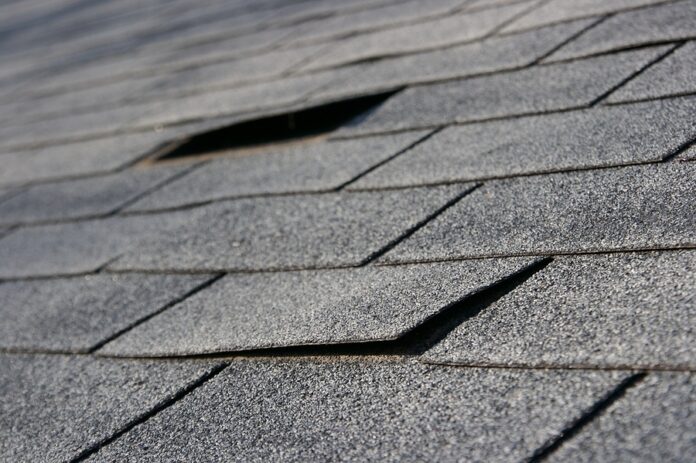
Missing or Broken Shingles
Missing or broken shingles are a clear sign that it is deteriorating. These gaps can allow water to enter your home, causing further damage.
Shingle Granules in Gutters
If you start finding granules from your shingles in the gutters, it’s a sign of advanced wear. These granules protect the shingles from UV rays and once lost, the shingles deteriorate quickly.
4. Sagging Roof
Visible Sagging
Visible sagging in your ceiling is a critical warning sign, often indicating structural problems. It may appear as a noticeable dip or curve in the roofline. This sagging can result from long-term water damage, weakened materials, or inadequate support structures.
The Causes of Sagging
Sagging roofs are often caused by prolonged water damage, leading to rot and weakening of structural components. Overloading, due to heavy snow accumulation or layers of material, can also contribute.
Inadequate support, such as insufficient or damaged rafters and trusses, or poor initial construction and design, are other common causes.
5. Moss and Algae Growth
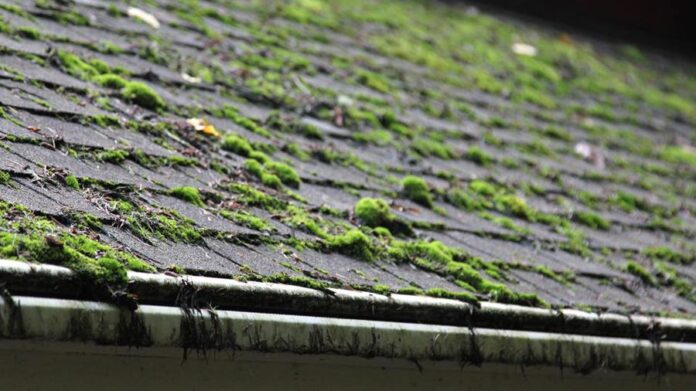
Excessive Moss or Algae
Excessive moss or algae growth is not just an aesthetic issue; it can signal underlying moisture problems. Moss tends to retain moisture, potentially damaging materials and leading to leaks.
Algae growth, while less damaging, can also indicate excessive dampness. Such growths often occur in shaded, moist areas and should be addressed to prevent long-term damage and maintain the structural integrity and appearance.
Cleaning vs. Replacement
Deciding between cleaning and replacing it depends on the damage extent. Cleaning can remove surface problems like moss or dirt. However, if damage is structural or materials are extensively deteriorated, replacement is necessary to ensure your home’s safety and integrity.
6. Damaged Flashing
Flashing Around Chimneys, Vents, and Skylights
Flashing is used to seal and protect the joints in the ceiling, especially around chimneys, vents, and skylights. If this flashing is cracked or broken, it can lead to leaks.
The Importance of Proper Sealing
Improper sealing can allow water to enter the home, causing significant damage. Checking the condition of the flashing is crucial in maintenance.
7. High Energy Bills

Unexplained Increase in Energy Costs
A sudden increase in your energy bills may indicate that it is no longer providing adequate insulation. This leads to higher costs for heating and cooling your home.
Insulation and Ventilation Issues
Poor insulation and ventilation can cause heat to escape during winter and enter during summer, stressing your HVAC system. A well-functioning ceiling helps regulate your home’s temperature efficiently.
8. Interior Paint and Wallpaper Damage
Paint Peeling or Wallpaper Damage
Damage to interior paint or wallpaper, especially around the ceiling, can be a sign of a failing roof. This often occurs due to moisture intrusion.
The Source of Moisture
Determining the source of moisture is critical. If it originates from the ceiling, this may necessitate a full replacement to prevent further interior damage.
9. Storm Damage
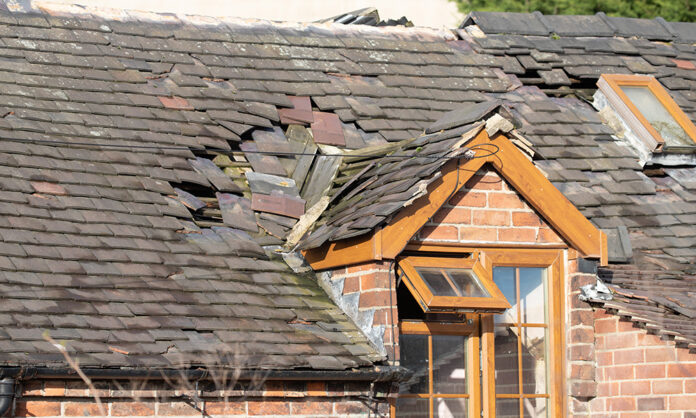
After a Severe Storm
Severe weather conditions like hail, heavy winds, or storms can cause immediate and noticeable damage. It’s important to inspect your ceiling after such events.
Assessing the Damage
Sometimes, minor repairs may suffice, but significant damage might require a complete replacement, especially if the integrity of the roof is compromised.
10. Clogged Gutters
Gutter Blockages
Clogged gutters can lead to water backing up and seeping under your materials, causing damage. Regular gutter cleaning is essential.
Impact on the Roof
If gutters are frequently clogged, it could be due to deteriorating materials. It’s important to assess whether the roof is contributing to the problem.
11. Sunlight Through the Roof Boards
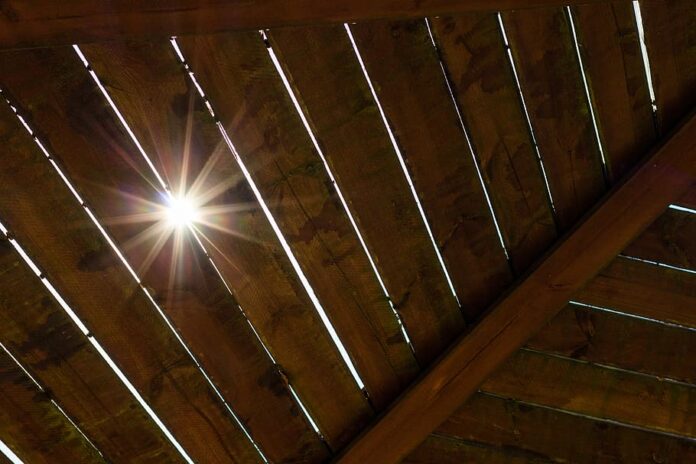
Seeing Sunlight in the Attic
If you can see daylight through your ceiling boards, it’s a clear indication that your roof has serious gaps or holes.
The Risks of Gaps
These gaps can let in water, insects, and other pests, compromising the safety and comfort of your home. Immediate action is necessary.
12. Neighborhood Roof Replacements
Roofs in Your Neighborhood
If many homes in your neighborhood, built around the same time as yours, are getting their ceilings replaced, it might be a sign that its lifespan is nearing its end.
Keeping Up with Maintenance
Even if it doesn’t show overt signs of damage, keeping up with maintenance and regular inspections is key to prolonging its life.
Conclusion
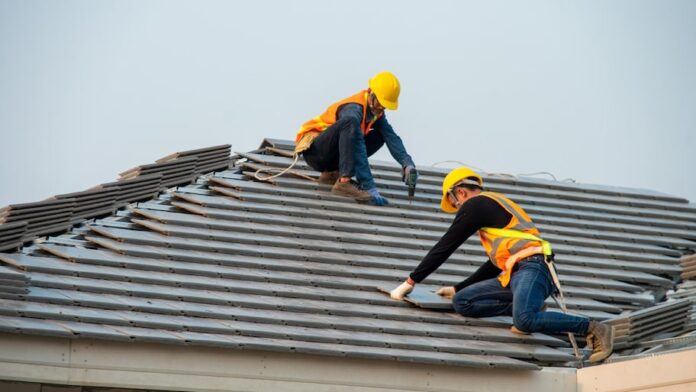
In conclusion, understanding and recognizing these 12 signs will help you determine when it’s time to replace them. Regular inspections and maintenance can extend the life of your ceiling, but being proactive about replacement can prevent more severe damage and costs in the long run.
If you notice any of these signs, it’s advisable to consult with a professional to assess the condition of your roof and discuss the best course of action.
